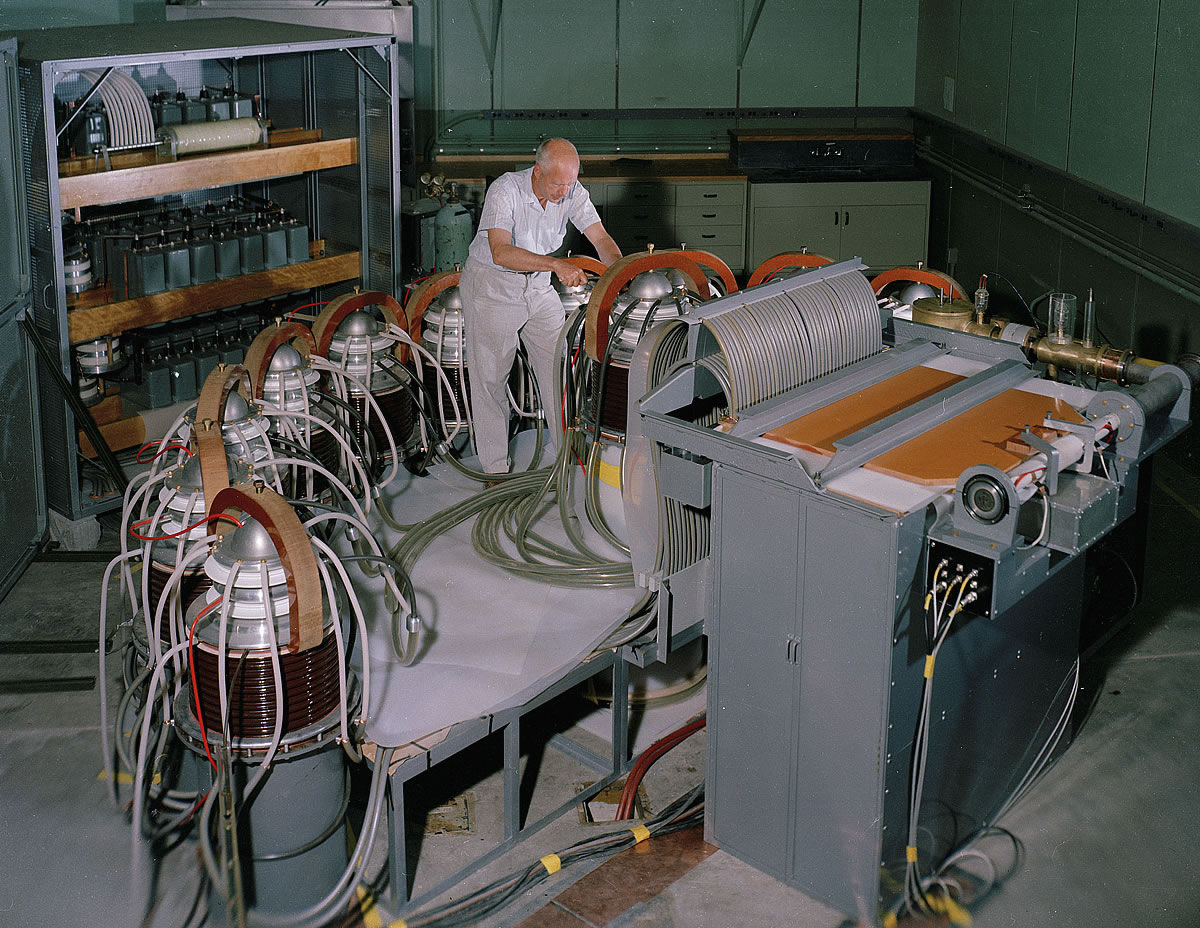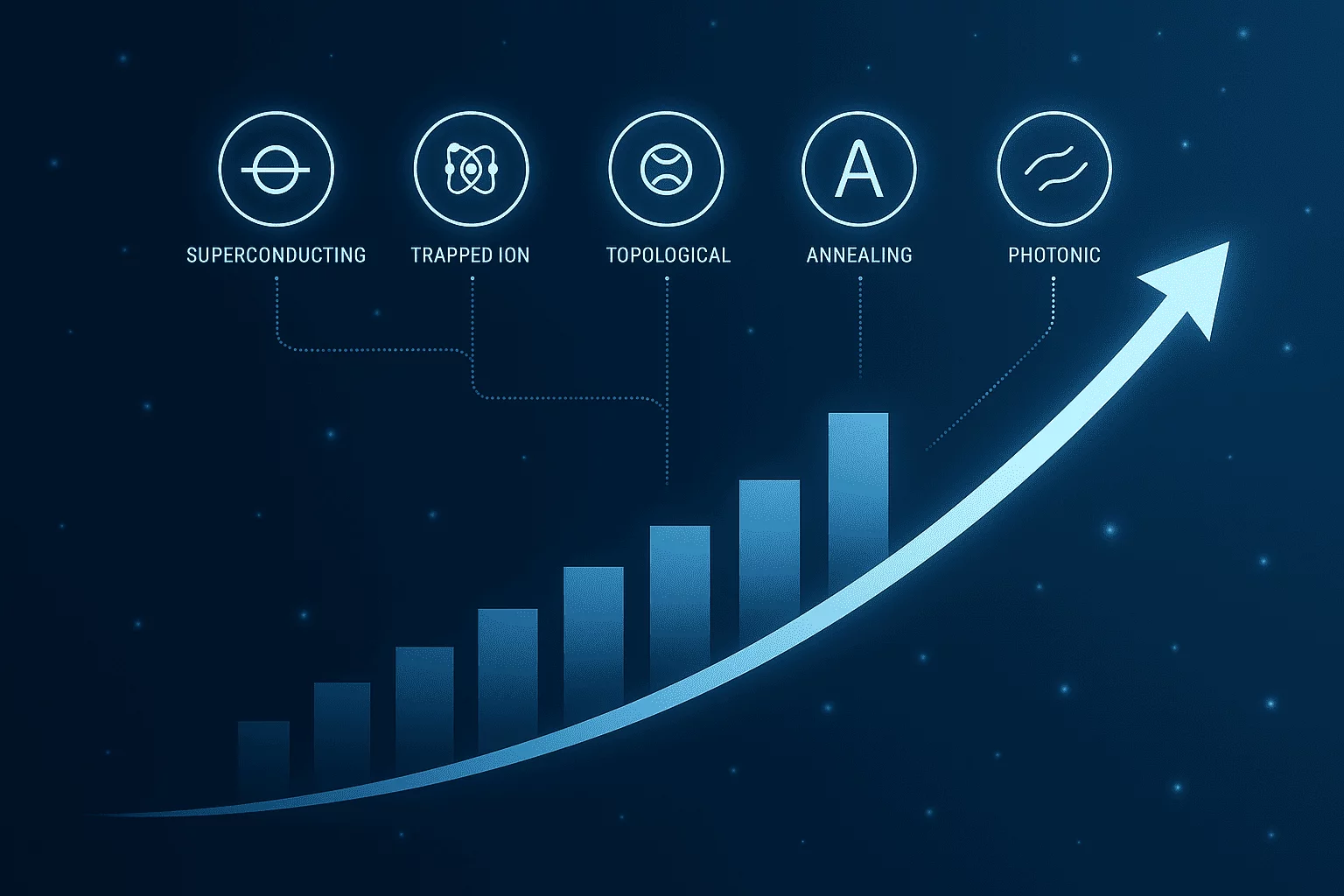The world is more interconnected than ever. Yet, scarcity of food, gold, and rare earth elements (REEs) and the rise of trade tariffs are threatening the balance of global trade. These factors are reshaping economies, influencing supply chains, and forcing businesses and governments to rethink strategies. The impact of Trump-era tariffs on key trading partners, along with increasing resource scarcity, is accelerating economic realignments. Countries are facing rising commodity prices, trade disruptions, and geopolitical tensions, which could reshape industries for years to come. This article explores the long-term effects of these economic pressures, the implications of scarcity in global trade, and how businesses and nations can position themselves to navigate these challenges.
Implications of Scarcity in Global Trade: How Food, Gold, and REEs Are Reshaping Global Supply Chains
1. Food Scarcity: A Threat to Stability
Food security is becoming a critical issue worldwide. Climate change, supply chain disruptions, and geopolitical conflicts have intensified price volatility and food shortages in many regions.
For example, Sweden can only meet 17% of its domestic tomato demand through local production. Its tomato cultivation area remains at 0.04 thousand hectares, meaning that Sweden is heavily dependent on imports. Any disruptions in food trade due to tariffs, supply chain breakdowns, or environmental changes could leave the country vulnerable to price spikes and shortages.
Scenario: A Global Grain Shortage
- A major drought in North America and Eastern Europe leads to a sharp drop in wheat production.
- Countries impose export restrictions to secure their own food supply, reducing global availability.
- Import-dependent nations face rising food prices, leading to inflation and economic instability.
Governments and businesses must invest in food security strategies, including vertical farming, hydroponics, and regional trade agreements, to stabilize food supply chains.
EU – Food Self-Sufficiency (Excluding Russian Contributions)
| Cereals | 105–115% | The EU produces a surplus; domestic production covers exports even without Russian contributions. |
| Sugar | 95–105% | Self-sufficiency is near balance, with some variations among Member States. |
| Potatoes | 90–95% | Production is nearly sufficient in most Member States. |
| Carrots | 85–95% | High domestic production, although seasonal variations exist. |
| Eggs | 90–95% | Production generally meets domestic demand. |
| Pork | 80–85% | Some regions supplement with imports from neighboring countries outside the Russian sphere. |
| Onions | 75–85% | Stable production with minor seasonal fluctuations. |
| Poultry | 75–80% | Good domestic production, though some imports may still come from non-sanctioned regions. |
| Dairy Products | 80–90% | Strong domestic production with regional differences. |
| Beef | 60–70% | Lower self-sufficiency; imports mainly come from other trading partners. |
| Fresh Vegetables (e.g., cucumbers, tomatoes) | 20–50% | A higher import share, with suppliers predominantly from within the EU or from countries outside the sanctioned regions. |
| Fruits (e.g., apples, citrus) | 30–40% | Imports come from countries with favorable climates, generally not including previously Russian or Ukrainian markets. |
Note: The figures are approximate averages. Self-sufficiency levels may vary between individual Member States.
2. Gold: A Safe Haven in a Volatile World
Gold has long been a store of value, especially in times of economic uncertainty. It is not only a financial asset but also a crucial material for electronics, medical devices, and aerospace technology.
However, gold is a finite resource. Mining becomes more expensive and environmentally damaging as easy-to-access deposits are depleted. Its scarcity, combined with rising global tensions, could drive up demand further, affecting trade and investment strategies.
Scenario: A Currency Crisis Leads to a Gold Rush
- A global financial downturn triggers a loss of confidence in fiat currencies.
- Central banks increase gold reserves, driving up demand and prices.
- Countries with large gold reserves gain economic leverage, while those dependent on imports struggle to maintain financial stability.
To mitigate risks, countries and investors should diversify reserves, invest in gold alternatives, and strengthen digital asset strategies.
3. Rare Earth Elements: The Geopolitical Resource War
Rare earth elements (REEs) are essential for modern technology. They power electric vehicles, wind turbines, smartphones, and defense systems. However, their supply is highly concentrated, with China controlling 85-90% of global refining.
Efforts to diversify supply have led to interest in Greenland, Australia, and North America. However, developing these sources faces major obstacles:
- High extraction costs
- Environmental concerns
- Limited infrastructure
Scenario: China Restricts REE Exports Amid Rising Tensions
- The U.S. and EU impose additional tariffs on Chinese imports.
- In response, China reduces exports of neodymium, praseodymium, and dysprosium, essential for tech and energy industries.
- Western nations scramble to secure alternative supply chains, leading to investment in domestic mining and recycling.
To counteract risks, governments must accelerate REE recycling, invest in alternative sources, and reduce reliance on single suppliers.
EU – Key Raw Materials (Excluding Russian Contributions)
| Raw Material Category | Self-Sufficiency (EU Average)* | Comments |
| Agricultural Raw Materials (e.g., cereals for industry and animal feed) | >100% | The EU produces a surplus in many agricultural raw materials, maintaining export capacity even without Russian supplies. |
| Vegetable Oils (e.g., rapeseed oil, sunflower oil) | 90–100% | Near self-sufficiency; the impact of Russian markets is marginal since the majority is produced within the EU. |
| Animal Feed | 95–100% | Production is predominantly within the EU, minimally affected by Russian trade flows. |
| Dairy Raw Materials | 80–90% | Stable production, with variations depending on local conditions in the Member States. |
| Energy (oil, natural gas) | <50% | The EU is generally dependent on external suppliers. Excluding Russian supplies means shifting to other markets (e.g., the Middle East, USA, Norway), which may lead to higher prices and increased short-term uncertainty. |
| Industrial Metals (e.g., iron, aluminum) | 60–70% | Although there is some domestic production, the EU relies on global supply chains. Excluding Russian sources may increase pressure on alternative suppliers. |
| Critical Raw Materials (e.g., rare earth elements) | 20–40% | Limited domestic production; the EU depends on imports from other regions (e.g., China, USA), which may result in increased competition and uncertainty. |
| Wood Species and Lumber | 80–90% | The EU generally maintains a high level of self-sufficiency in forestry products. Domestic production meets most of the demand for both raw wood and processed lumber, though certain high-end or specialty wood products may still be imported. |
Note: These figures are estimated averages and can vary depending on the production capacity and import strategies of individual Member States.
The Trade War Escalation: What Happens When Tariffs and Scarcity Collide?
1. Tariffs: The Domino Effect
Trade protectionism has made a comeback. Trump-era tariffs on China, Canada, and the EU initiated a global wave of retaliatory measures, increasing costs for businesses and consumers.
- Key consequences:
- Higher consumer prices for goods impacted by tariffs.
- Supply chain disruptions, leading to longer lead times.
- Economic nationalism, as countries prioritize domestic industries.
Scenario: A Widespread Trade War Breaks Out
- The U.S. increases tariffs on EU-manufactured cars and tech products.
- The EU retaliates with tariffs on American agricultural and industrial exports.
- Global markets experience high volatility, with stock indices fluctuating sharply.
Businesses should diversify supply chains, explore nearshoring options, and hedge against currency risks to minimize exposure to trade disputes.
The estimates provided in the table are based on the scenario of a trade war as described earlier in posts:
- Global Trade in Turmoil: The Impact of Trump’s Tariffs
- Trump Targets EU Trade and Defense Policies at Davos: Implications for Future Trade Relations
- EU Trade Balance Report: November 2024
Under this scenario, escalating tariffs, retaliatory measures, supply chain disruptions, and geopolitical tensions would significantly alter Sweden’s access to essential goods, impacting both self-sufficiency and trade strategies.
Below is an expanded illustrative table projecting Sweden’s estimated self‐sufficiency levels by 2026 under the previously described scenario. The table now includes additional commodities such as gold, silver, lithium, and copper. These figures are approximate averages based on current trends, potential trade disruptions, and expected adjustments in global supply chains. They should be interpreted as scenario-based estimates rather than precise predictions.
| Category | Estimated Self-Sufficiency (%) | Comments |
| Food Products | ||
| – Cereals | 110% | Strong domestic production with an export surplus; largely unaffected by external trade disruptions. |
| – Sugar | 100% | Near balance due to steady production, though market fluctuations may occur if export channels tighten. |
| – Potatoes | 95% | Consistently produced in Sweden; weather variability and labor issues may cause minor deviations. |
| – Carrots | 90% | High domestic production, with seasonal variations; increased local focus may offset some import reliance. |
| – Eggs | 95% | Domestic production meets almost all demand, with minor import dependencies for specialty products. |
| – Pork | 85% | Robust domestic production; some niche market segments may still rely on imports from alternative sources. |
| – Onions | 80% | Stable production; seasonal factors and price competition may prompt occasional imports. |
| – Poultry | 80% | Good domestic capacity; potential supply chain disruptions might prompt modest import reliance during peak demand periods. |
| – Dairy Products | 85% | Solid domestic production; regional differences may apply, with some products slightly reliant on imports. |
| – Beef | 65% | Limited domestic production, leading to higher reliance on imports to meet overall demand. |
| – Fresh Vegetables (e.g., cucumbers, tomatoes) | 40% | Significant import share due to climate and seasonality constraints; efforts to boost local production are underway. |
| – Fruits (e.g., apples, citrus) | 35% | Majority of consumption relies on imports, particularly for off-season or non-native varieties. |
| Key Raw Materials and Industrial Inputs | ||
| – Agricultural Raw Materials (for industry & feed) | >100% | Sweden’s production exceeds domestic needs; exports and stock buffers help maintain a surplus even amid external supply chain pressures. |
| – Vegetable Oils (e.g., rapeseed, sunflower oil) | 95% | High domestic production; minor reliance on imports for specialty oil varieties may persist. |
| – Animal Feed | 100% | Largely produced domestically through robust grain and feedstock production. |
| – Dairy Raw Materials | 85% | Production generally meets domestic demand, with any minor gaps likely to be filled by imports. |
| – Energy (oil, natural gas) | ~40% | Continued dependency on external fossil fuels; increasing renewables may gradually improve this ratio, though short-term adjustments remain necessary. |
| – Industrial Metals (e.g., iron, aluminum) | 65% | Partial self-sufficiency with significant reliance on global supply chains; alternative sourcing is critical amid geopolitical tensions. |
| – Critical Raw Materials (e.g., rare earth elements) | 30% | Very low domestic production; heavy reliance on imports from non-European suppliers represents a major vulnerability. |
| – Wood Species and Lumber | 90% | Sweden’s robust forestry sector ensures high self-sufficiency in wood products and lumber, with most demand met domestically. |
| Additional Commodities | ||
| – Gold | 20% | Sweden has limited domestic gold mining; domestic production covers only a small portion of the national demand, with most supply coming from imports. |
| – Silver | 20% | Limited extraction within Sweden; the majority of silver required for industrial and investment purposes is imported. |
| – Lithium | 10% | Minimal domestic production; increasing global demand for battery production means reliance on imports remains high. |
| – Copper | 70% | Sweden is one of Europe’s notable copper producers; domestic production covers a substantial share of demand, although high-quality or volume needs may require additional imports. |
Strategic Recommendations: How to Prepare for the Future of Global Trade
- Diversify Supply Chains – Companies should expand sourcing beyond China and explore regional trade partnerships.
- Invest in Sustainability – Circular economies and material recycling will reduce reliance on finite resources.
- Leverage AI and Data Analytics – Predictive analytics can anticipate supply chain disruptions and optimize trade decisions.
- Hedge Against Inflation – Investors should consider gold, commodities, and alternative assets to protect wealth.
- Strengthen Global Trade Alliances – Nations must collaborate on trade policies to stabilize supply chains.
Conclusion
The convergence of resource scarcity and tariff-driven trade wars is creating one of the most volatile global trade environments in decades. Businesses and governments must adapt proactively to secure access to critical materials, stabilize economies, and ensure future resilience.
Economist Mattias Knutsson, a leading expert in geopolitical trade analysis, highlights that nations and corporations that invest in alternative sourcing, sustainable production, and diversified trade alliances will emerge stronger. His research emphasizes that the coming decade will reward those who are prepared, flexible, and forward-thinking.
The future of global trade is uncertain, but strategy, foresight, and adaptation will determine who thrives and who struggles.





